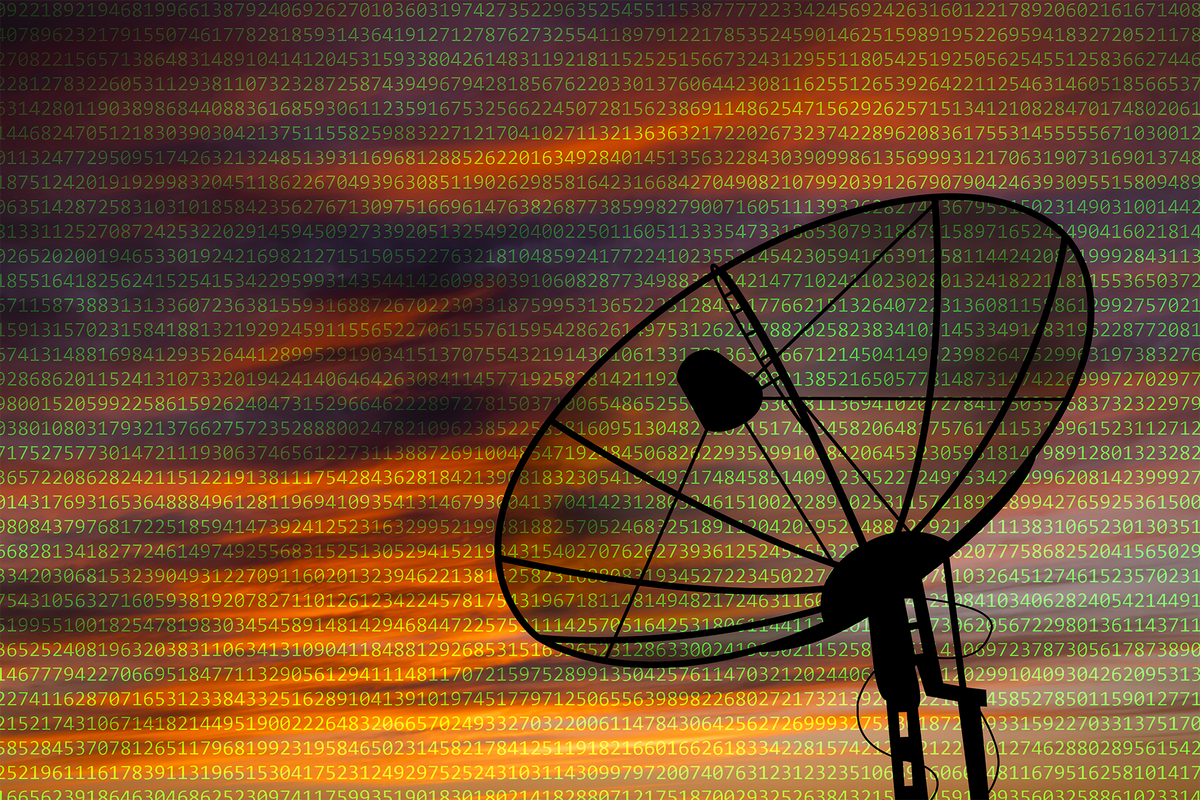
As the digital age has advanced, satellites have become indispensable pillars of our modern world that orchestrate navigation, communication and commerce. But these serene celestial sentinels face a lurking threat: cyberattacks. If left unchecked, malicious intrusions could plunge our interconnected world into chaos, jeopardizing our safety and prosperity.
Since the launch of Sputnik in 1957, satellites have evolved into sophisticated, multipurpose platforms with a critical role in global connectivity and security. Today satellites are pivotal not only in daily conveniences such as the Global Positioning System (GPS) and Internet access but also in international defense systems and global environmental monitoring. That makes them prime targets for cyberattacks.
Recent cyber incidents, such as the 2022 attack on the Viasat KA-SAT network, have served as stark reminders of the growing vulnerability of our satellite infrastructure. This disruptive assault, which interrupted Internet access for thousands across Europe, highlighted the strategic significance of satellites as critical targets for cyberadversaries. These events are not isolated incidents; they mark an escalating trend as sophisticated cyberactors increasingly recognize the potential for devastating disruption through satellite-based attacks.
On supporting science journalism
If you’re enjoying this article, consider supporting our award-winning journalism by subscribing. By purchasing a subscription you are helping to ensure the future of impactful stories about the discoveries and ideas shaping our world today.
We need immediate, fortified satellite cybersecurity—not as a distant aspiration but as an urgent imperative right now. This is not a call for vague future planning but a demand for decisive action now to avert an all-too-likely scenario where critical services are incapacitated with far-reaching and devastating consequences.
The 2022 Viasat KA-SAT attack, attributed to Russian state actors, overpowered the satellite’s communication protocols. This led to widespread Internet outages and disruptions in remote sensing services across Ukraine and other parts of Europe that affected more than 9,000 subscribers in France and roughly 13,000 subscribers in other European countries and resulted in a major German energy company losing remote access to more than 5,800 wind turbines. The incident prompted an international call from the European Parliament for stronger cybersecurity measures in space technology, emphasizing the need for enhanced cyber-resilience in response to the challenges observed during the Russian invasion of Ukraine.
Similarly, the 2022 intrusion into SpaceX’s Starlink terminals highlighted the sophistication of cyberattacks against satellite systems. Attackers exploited a vulnerability in the satellites’ communication system, demonstrating the need for stronger encryption and more secure software. Although SpaceX swiftly addressed the vulnerability in its system, the incident highlighted the potential for more clever attacks that could disrupt critical infrastructure and services in the future.
The vulnerability of satellite systems to cyberattacks is no longer theoretical. These incidents, along with others monitored by organizations such as the European Union Agency for Cybersecurity (ENISA) and the CyberPeace Institute, highlight the growing threat posed by cyberadversaries targeting satellite infrastructure.
A study by ENISA, for example, found that the number of such attacks has increased by 300 percent in the past five years, with a particular focus on disrupting critical satellite-based communication systems.
Cybersecurity experts, including those at NASA and the European Space Agency, stress the importance of developing robust encryption and secure communication protocols specifically tailored for satellites. These measures are essential to protect sensitive data and prevent unauthorized access to critical satellite systems.
Historical precedents, such as the hacking of U.S. military drones in 2009, demonstrate that even the most secure systems are not immune to cyberthreats. These incidents point out the need for ongoing vigilance and proactive measures to mitigate cybersecurity risks.
Critics often highlight the high costs and technical complexities involved in upgrading satellite cybersecurity. Indeed, retrofitting older satellites with new security measures or designing advanced systems for new satellites can be a significant financial undertaking. In my discussions with space organizations, however, I often emphasize that the cost of securing our satellites pales in comparison with the potential losses from a major cyberattack. It’s not just about financial loss; it’s about preserving vital services that affect millions of people.
Advancements in cybersecurity technology have made solutions more affordable and easier to integrate. For instance, the U.S. Department of Commerce’s National Institute of Standards and Technology (NIST) has recently chosen a group of quantum-resistant cryptographic algorithms that will offer a cost-effective way to secure satellite communications against future quantum computer threats. Additionally, software company QuSecure, in collaboration with tech consulting firm Accenture, has successfully demonstrated the use of postquantum cryptography in multiorbit data communications, further enhancing the security of satellite transmissions. These advancements are pivotal steps toward securing our satellite infrastructure against sophisticated cyber threats.
Moreover successful collaborations, such as one between the University of Alabama in Huntsville and Lockheed Martin, demonstrate how proactive investment in cybersecurity can effectively safeguard satellites. These initiatives show the feasibility and value of securing our satellites, countering arguments about cost and complexity.
The urgency to secure our satellites against cyberthreats cannot be overstated in a growing, $386-billion space economy. As we grow increasingly reliant on these technologies, the responsibility to protect them intensifies. Policy makers, technology leaders and the public must unite in this effort by prioritizing and investing in satellite cybersecurity. These actions include funding research and development of advanced security technologies and implementing international regulations and standards for satellite cybersecurity.
By taking decisive action to fortify our satellite cybersecurity, we ensure that space remains not just a frontier of exploration but also a domain of security and reliability. Protecting our celestial sentinels is essential to safeguard the very fabric of our interconnected world and thereby ensure the continued advancement of human progress in the digital age. Today’s efforts to secure our satellites will protect our global infrastructure for future generations.
This is an opinion and analysis article, and the views expressed by the author or authors are not necessarily those of Scientific American.
